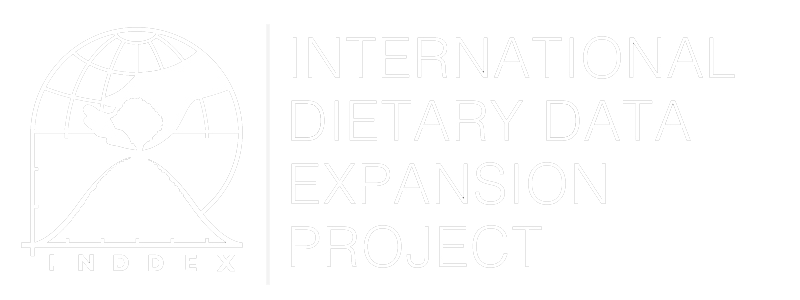Summary
The Demographic and Health Survey (DHS) Program has been supported by USAID for over 30 years (DHS, 2018). More than 320 surveys in over 90 countries have been conducted since the program’s inception, gathering information on select nutrition indicators, as well as fertility, reproductive health, maternal health, child health, immunization, HIV and AIDS, maternal and child mortality, malaria, and other indicators (Fabic et al., 2012). DHS data can be explored online through the DHS STATcompiler or downloaded for further analysis (DHS, 2018).
The Multiple Indicator Cluster Surveys (MICS) program is the largest household survey program on children and women worldwide. The MICS was developed by UNICEF to assist countries in filling data gaps on children’s and women’s health statuses (UNICEF, 2018). MICS was officially launched in 1994 in South Asia with 28 indicators, and now includes over 300 surveys in 112 countries, with 237 distinct indicators (counting those requiring sex disaggregation). The MICS data on infant and young child feeding can be explored online through an interactive portal, as well as downloaded for further analysis (UNICEF, 2018).
Neither DHS nor MICS includes comprehensive food consumption data, although the standard questionnaire includes several infant and young child consumption indicators on breastfeeding and feeding practices. The data collected in both surveys represent only children age five years old and under and women ages 15-49 years old. In addition, useful analyses can be carried out to understand the relationship between infant and young child feeding practices and nutritional outcomes (e.g. stunting, wasting). Several specific food consumption indicators can be calculated with DHS and MICS data (USAID, 2017; UNICEF, 2018), including:
- Initial breastfeeding
- Breastfeeding status
- Median duration and frequency of breastfeeding
- Percentage of children 6-23 months who are fed according to infant and young child feeding practices
DHS and MICS are designed to be nationally representative, with typical sample sizes ranging from 5,000 to 30,000 households. These types of surveys are usually repeated in a given country every three to five years.
Strengths:
- Publicly available, well-documented data sources that are free to use
- Provide information on trends over time as data are collected routinely in many countries (~5 years)
- A core set of survey modules are standardized across countries allowing for comparability over time and place; some countries include additional modules (e.g. biomarker data)
Weaknesses:
- Do not include food consumption data on entire diet
- Only representative of children under five years old and women 15-49 years old
- Relies on proxy-reporting by one adult female for children under five
